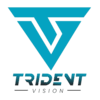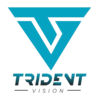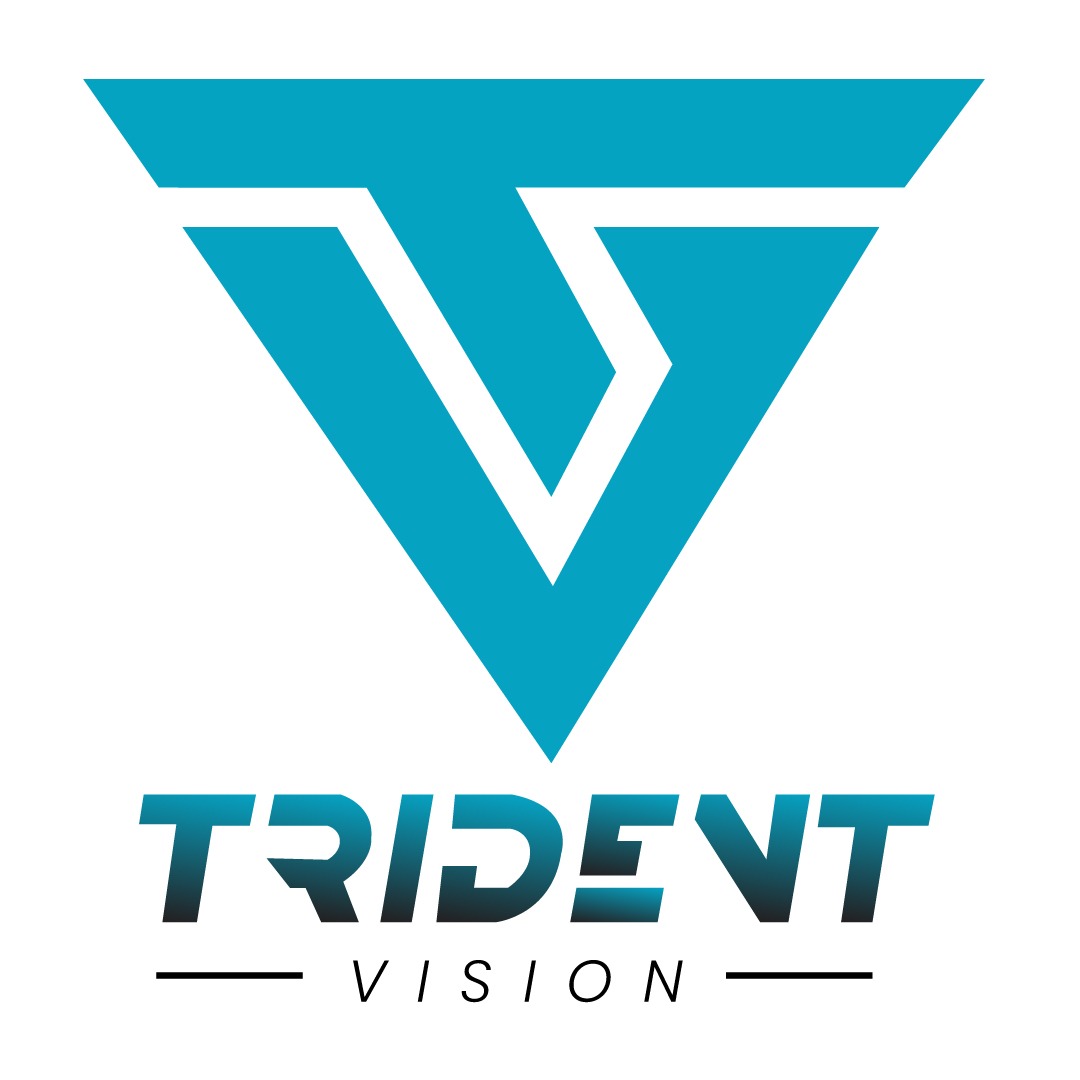Search Engine Optimization – Completely Explained

SEO is the process of making your website’s search engine easier to understand and more user-friendly. The general purpose of SEO is to increase search engine organic traffic by improving the ranking of SERPS websites for various search terms. This is the process of optimizing your website for target traffic through search engine rankings.
According to this survey, 30% of search engines tend to click on the first search result on the page, 15% click on the second search result, and about 10% click on the third result.
After that, the click rate drops significantly, with positions 4-10 getting only about 2-5% of the clicks. It takes time and resources to rank your web page for competitive keywords, but if you succeed, your website can always get valuable traffic.
Continuing to create more websites and still doing SEO can increase traffic and grow your business over time. Therefore, SEO is considered one of the highest ROI marketing forms.
Different Types of SEO
- On-Page SEO
- Off-Page SEO
- Local SEO
- International SEO
- Technical SEO
1. On-Page SEO
On-page SEO is about the page itself and how to make it more search engine and user-friendly. It’s important to note that rankings are done at the page level while search engines are looking at the entire website. Therefore, it is important to pay attention to optimizing every page of your website.
There are some important points you’ve to remember-:
- Page Titles Optimization – This is an important SEO factor. The page title will appear in the search results and should help users click through. The page title should also give search engine robots enough clues about the content of the page.
- Heading Tags Optimization – The H1 tag is at the top of the page while the page title is displayed in SERPS. The optimized page has only one H1 tag, which is usually the same value as the page title. In addition to the H1 label, the page requires captions for various sections (H2, H3). For long-form content, captions make the page easier for users to read and easier for crawlers to navigate.
- Optimize Images for SEO – All images used on the page should be properly optimized. Otherwise, search engines won’t understand what they represent. Filename, file size, ALT text optimization, etc. are important for image SEO.
2. Off-Page SEO
Performing Off-page SEO for a website includes promotion. Whereas previous types of SEO focused on website content and infrastructure, off-page SEO is about the techniques you can use to promote your website on the Internet. Popular sites are more likely to be ranked higher on Google than less popular sites.
There are some important points you’ve to remember-:
- Building Links – Link building is the process of getting SEO backlinks from other websites. These backlinks act as a “trust vote” and increase the power of the landing site (unless the Nofollow attribute is attached).
- Promoting the Brand – Google likes to put famous brands at the top of the results because people trust them. In addition to promoting your website to get backlinks, you should also work on promoting your brand and facilitating discussions about it on various social media and forums. Google can see these signals and reward the sites people are talking about.
3. Local SEO
Local SEO is a type of SEO that is only suitable for local businesses. In other words, if you have a website and your goal is for customers to visit your local store, you need to optimize your website for the local SEO.
Make sure you have your company name, address, and contact details on every page of your website.
4. Technical SEO
Technical SEO, as the name implies. In other words, it’s a technical parameter that affects the visibility of your website on search engines. The main purpose of technical SEO is to allow search engine crawlers to crawl and index websites without hassle.
The most important technical guidelines for SEO are:
- Check and optimize your robots.txt file to make sure your search engine can access your site properly.
- Use the Google Search Console to add and verify your site and specify your preferred domain.
- Use the COVER report to detect and fix crawl errors.
- Create an XML sitemap and send it to major search engines.
- Optimize your website structure and URL structure. Follow web design suitable for SEO.
- Create a website that loads quickly on your desktop or mobile device.
5. International SEO
In the International SEO, the optimization process that you perform with the aim of targeting people who are in different parts of the world and who speak different languages at the same time and who are first in front of them in the SERP.
There are several methods used -:
- Geotargeting
- Hreflang tags
- Other localization signals
- Target-oriented content in different languages
Using these methods, you can tell Google and other search engines that you can provide powerful and effective services to people who speak different languages in different geographic areas.




